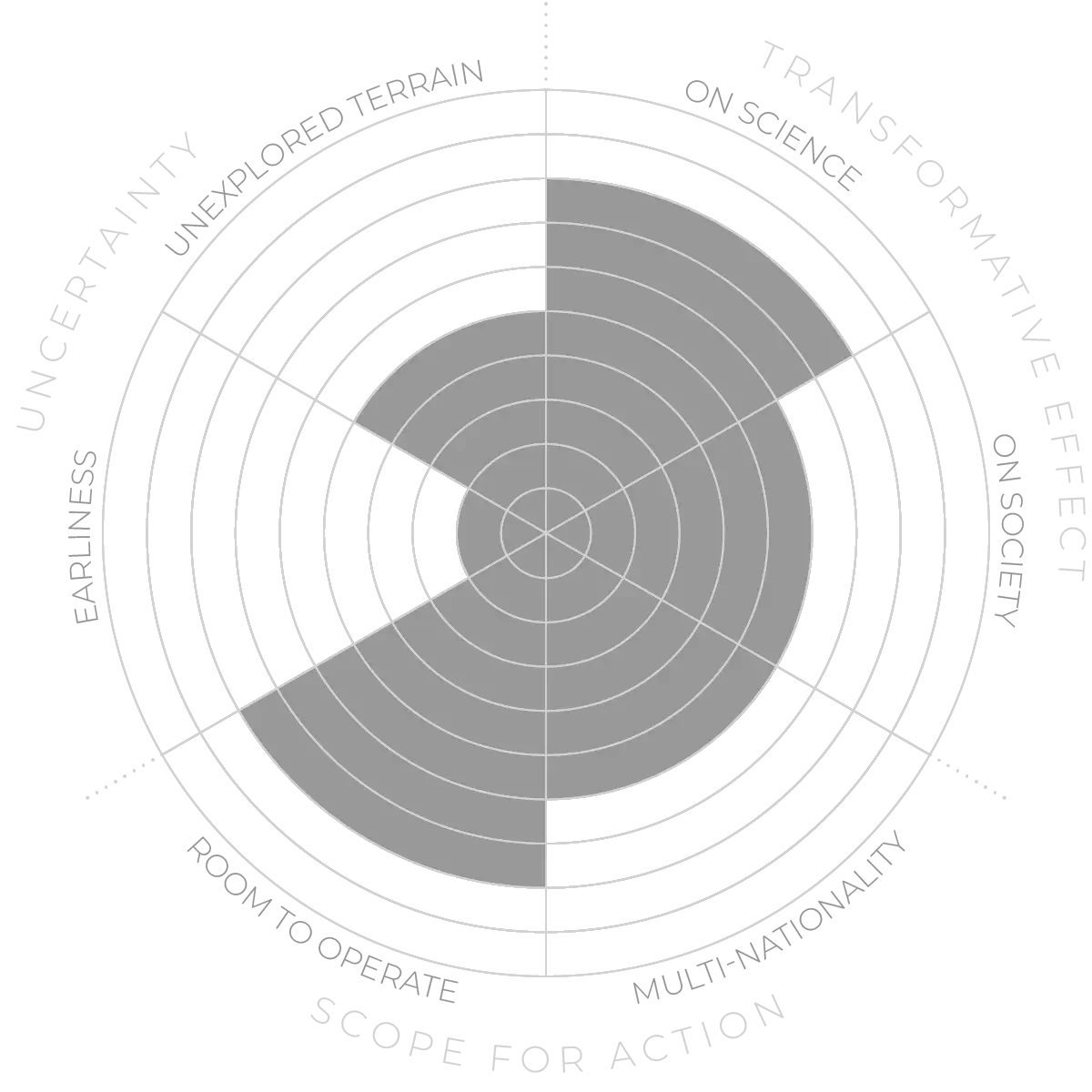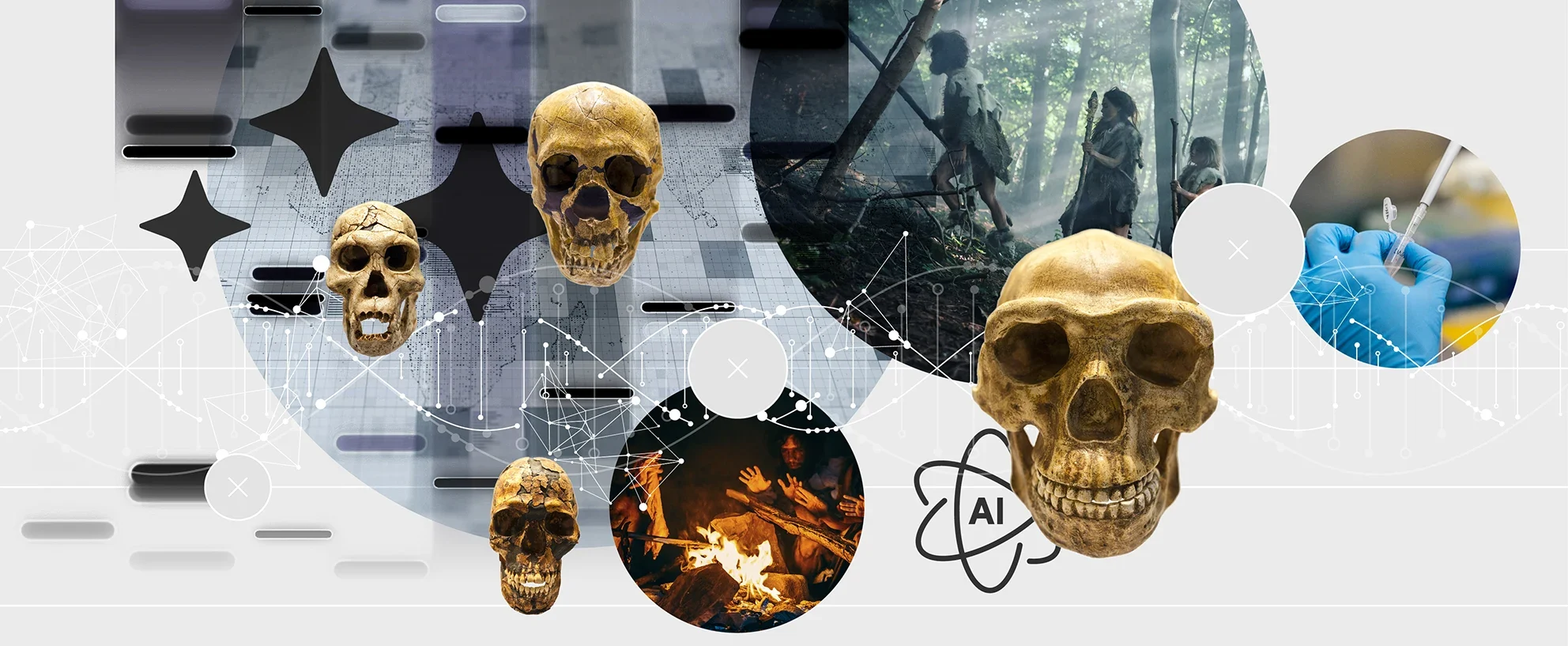Future Horizons:
10-yearhorizon
AI reconstructs ancient life stories
25-yearhorizon
Interdisciplinarity provides new archaeological tools
The most prominent molecular technique is the extraction and analysis of ancient DNA.3 Genetic material obtained from bones and other remains has yielded near-complete genome sequences from tens of thousands of years ago. As well as dramatic results like Neanderthal-human interbreeding, ancient DNA has revealed when and how humans have migrated throughout the world as well as family relationships and kinship patterns.4 More recent techniques have even enabled extraction of ancient DNA from sediments, allowing species to be identified when no physical remains are left.5 Researchers are now developing techniques for obtaining ancient DNA underwater.6
More recently, proteomics has been developed to a high standard. Certain proteins preserve better than DNA, notably in teeth, so proteomics can sometimes be used even when all DNA has been lost.7 While not as informative as DNA, these proteins can be used to identify species, as well as traits such as sex. Proteins can also be recovered from dental calculus (mineralised dental plaque), and entrapped dietary proteins in calculus can be used to reconstruct detailed information about foods that are otherwise archaeologically invisible, such as dairy products and spices.
Researchers can also now make extensive use of isotopes to reveal details such as the diets of ancient humans,8 providing evidence of the consumption of meat, fish and plants.9,10 While isotope chemistry is a long-standing field, new isotopic systems are regularly introduced and new applications identified.11 Combined with other forms of evidence such as microwear on teeth, these analyses have significantly altered our ideas about past hominins’ diets.12
Molecular-level analysis of ancient human remains - Anticipation Scores
The Anticipation Potential of a research field is determined by the capacity for impactful action in the present, considering possible future transformative breakthroughs in a field over a 25-year outlook. A field with a high Anticipation Potential, therefore, combines the potential range of future transformative possibilities engendered by a research area with a wide field of opportunities for action in the present. We asked researchers in the field to anticipate:
- The uncertainty related to future science breakthroughs in the field
- The transformative effect anticipated breakthroughs may have on research and society
- The scope for action in the present in relation to anticipated breakthroughs.
This chart represents a summary of their responses to each of these elements, which when combined, provide the Anticipation Potential for the topic. See methodology for more information.



